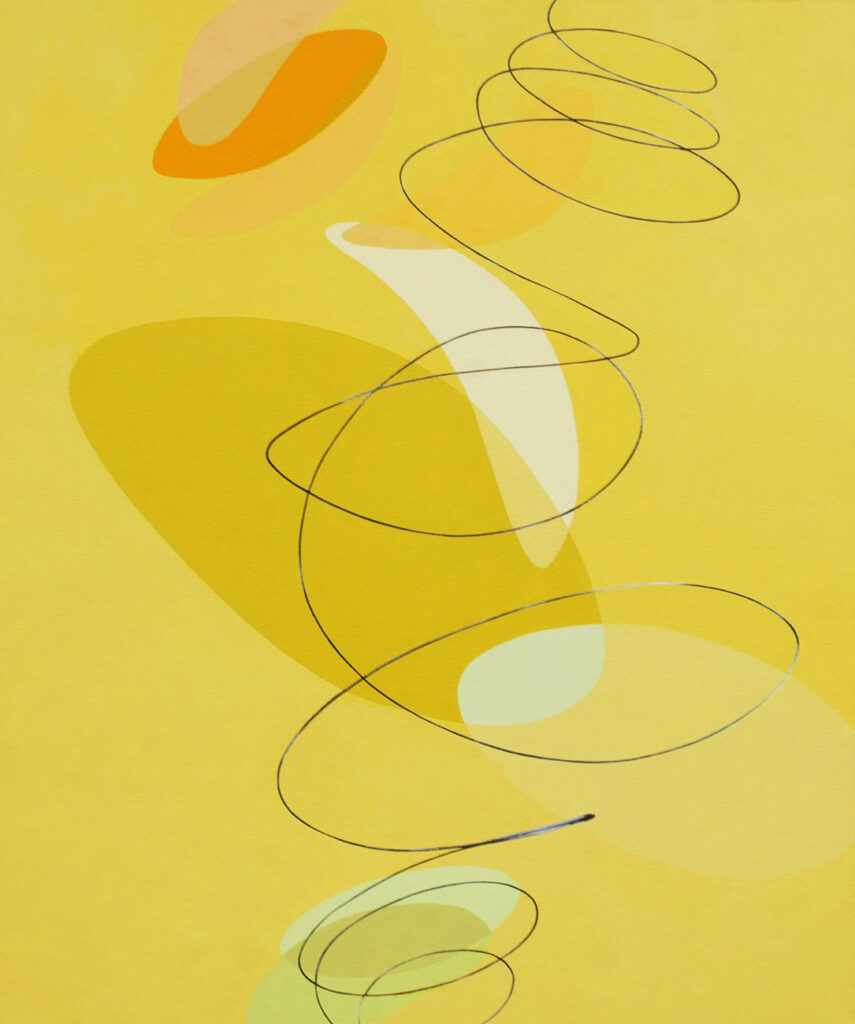
Yuichiro Shibata is a philosopher whose language is art. He is an erudite man, able to converse on a myriad of subjects from baseball, art and jazz to general philosophy, politics, and current affairs. He draws in his audience with his ability to easily explain the complex. He does the same with his art, taking difficult existential ideas of life and expressing them simply on canvas with paint.
Dynamic spirals that take you on a cosmic ride into and out of the canvas, alternate dimensions with lives of their own, the intricacies and mysteries of the human mind, singular moments in a universe of eternity: these are the subjects of his large-scale works. It is easy to be drawn into his paintings. The geometric lines, shapes and colors are immaculate and achieve a quiet elegance. The spirals, ovoids, curves, and angular lines appear simple and can be appreciated at a purely aesthetic level. Yet if you stand before them for any length of time, you will be caught up in a powerful vortex of complexity. The paintings morph and evolve as the light adjusts or the viewer’s position changes.
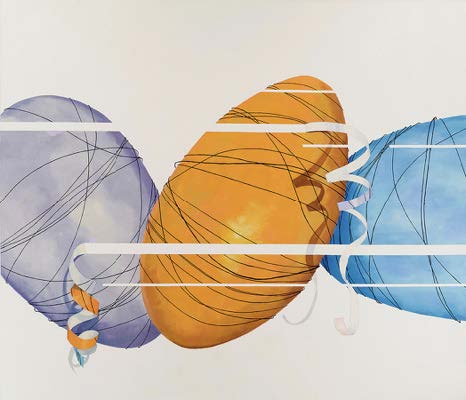
The simplicity is a ruse. The works are created and infused with power and purpose. Those simple lines and colors are strong while maintaining a freshness and lightness of spirit. His paintings are a window into his innate curiosity about the intricacies of life, its cyclical nature, and infinite potential. Shibata is Japanese and yet has lived most of his life in New York. He adroitly straddles the East-West divide, bringing the best of both worlds together to create a dynamic and unique style which captures the essence of both countries.
His experiences have coalesced to create contemporary art that transcends eras, borders, languages, and cultures, while reflecting the kaleidoscope of the constantly changing environment that is the modern-day world.
He has lived an authentic New York life, navigating the gritty, lawless landscape of the sixties when he first arrived. He immersed himself in the music and art scenes, swimming through the vice dens of drink, drugs, and gambling with many of his fellow musicians and artists, experiencing both the highs of the successes and lows of the downtimes. He has rubbed shoulders with the rich and famous, as well as many of the shadier citizens of the city. Yet through it all he has maintained a steadfastness in his commitment to his art, creating a portfolio of dynamic and elegant work that has stood the test of time. Shibata hopes to encourage people to see, think and feel.
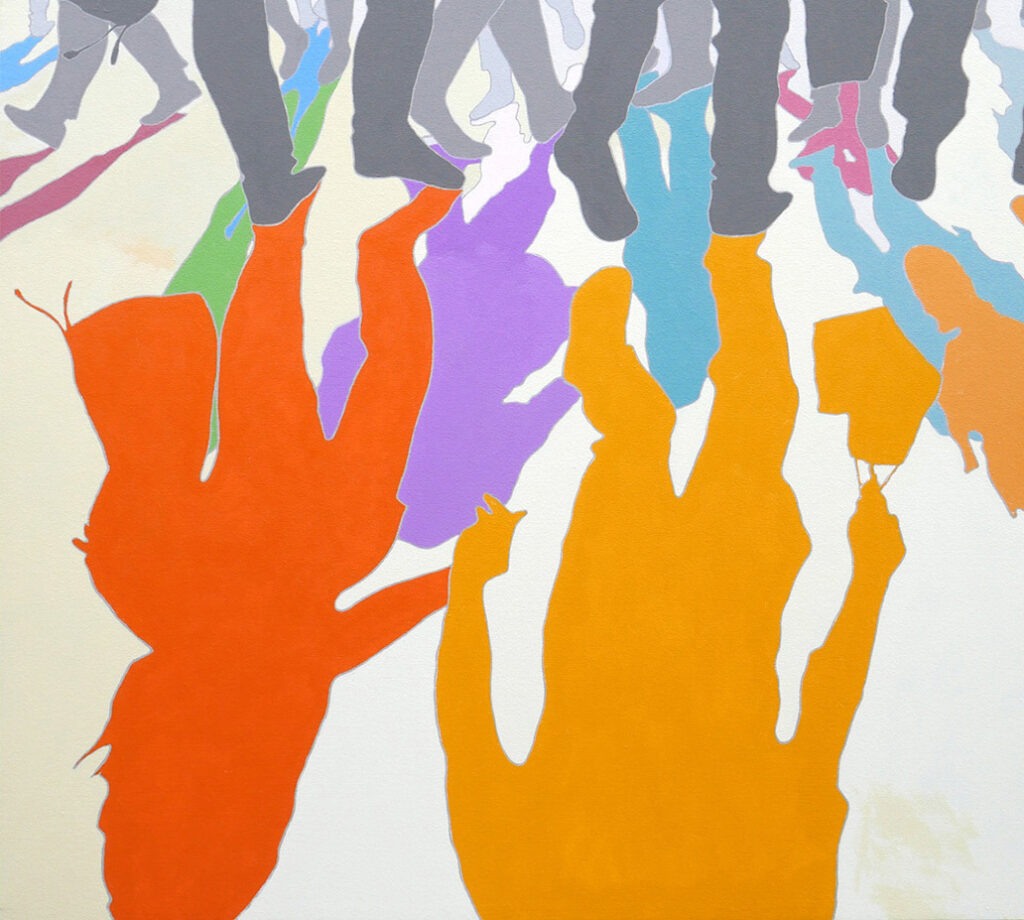
Shibata points out that as we live our lives on earth the planet is spinning at about 1,000mph, and at the same time it is travelling around the sun at 67,000mph. On top of that our galaxy is moving at 160,000mph. Life is not a circle; it is a spiral and we are never at the same place twice, which is why spirals play such a large part in his works.
Looking a little closer to ourselves, Shibata created the “Shadow Series” which came about as Shibata pondered the mechanics of how a shadow, which is two-dimensional, is created by a three-dimensional object. Each shadow is unique; nobody can create your shadow except you, and it is inexorably linked to you. Understanding this, he imagined a world where the shadows became detached and lived their own lives. Would it be terrifying or fascinating? He opted for the latter and started creating a world of shadows.
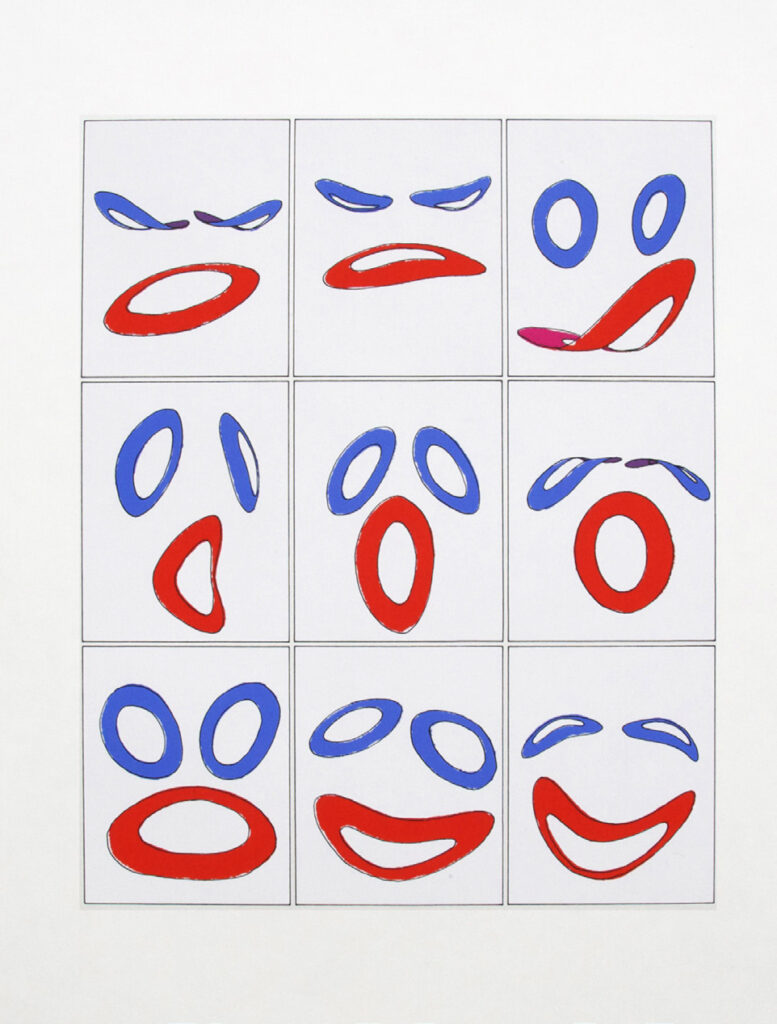
He compares art to a fireworks display; starting simply, it crescendos to a splendor of beauty and power that is seen and physically experienced, creating awe and wonder in that moment, leaving no room for anything else. When it is over, the memories and inspiration remain and there is a desire for more. In ancient Greece, Aristotle said, “The aim of art is to represent not the outward appearance of things, but their inward significance.” Yuichiro Shibata continues to deliver well into the 21st Century. G&S

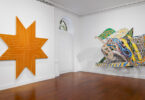
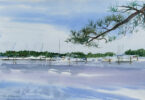
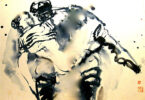

Leave a Comment